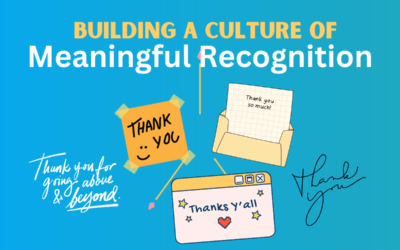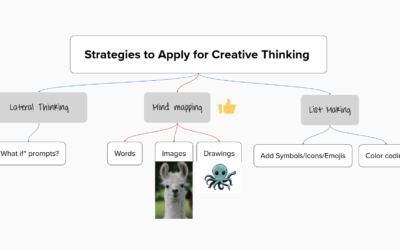 There are a lot of ways to ask for money. Nonprofits have tried many methods over the years, and are getting more clever all the time with tools such as crowdfunding. Charities will always prefer the big, unrestricted operating grant, but that isn’t the only way to get a hold of funds. Sometimes nonprofits can grow with borrowed capital. The questions then becomes, where to get an affordable loan on good terms?
There are a lot of ways to ask for money. Nonprofits have tried many methods over the years, and are getting more clever all the time with tools such as crowdfunding. Charities will always prefer the big, unrestricted operating grant, but that isn’t the only way to get a hold of funds. Sometimes nonprofits can grow with borrowed capital. The questions then becomes, where to get an affordable loan on good terms?
Banks have capital, but after the burns of the Great Recession, they often won’t (or can’t) lend it on terms that charities can use. There are other institutional borrowers besides banks, but in the great age of using internet tools to disintermediate, it’s perhaps possible to change the conversation about investing and go where money earns a financial return and a mission return. In other words, a peer loan from another nonprofit. Peer-to-peer lending is widely hailed as a great economic development tool at the micro-scale, in everything from giving circles to small-business start-ups in developing markets.
More recently, internet-based businesses like Prosper offers larger peer-to-peer loans ($2,000 to $35,000). Greater risk earns greater reward, so while these types of loans come with risk, they return a lot more than leaving money in a savings account or a treasury bond at practically no interest. Charities looking for cash can learn a lesson from the peer-to-peer model, as can those nonprofits who have a healthy reserve but are looking at anemic returns in traditional models.
It is possible to earn higher returns by investing. If the capital is going to be at risk, why not get a mission benefit from investing as well as a financial one? The benefit of banks and other professional lenders is they understand how to mitigate risk, but that doesn’t mean a nonprofit can’t hire a broker or analyst to advise on a deal and still create a peer-to-peer loan. Costs over the life of a loan could be significantly less and the organization can still benefit from strong advice. A mission-related loan structured between two charities can have terms including a no-payment, no-interest period (which is about what is available from a bank account anyway) with the benefit accruing at the end of the term. Two-percent returns on a mission loan would be much higher than most bank offerings, and two-percent borrowing is much better than most nonprofits could get anywhere else. Risk could be further mitigated by bringing in more than one lender to a deal.
The limits are only what can be imagined by the clever nonprofits involved. Thinking of fundraising differently helps open up new avenues, and leveraging mission doesn’t always have to mean shared programming. Resources come in different forms for the nonprofit ready to move to what is next.


